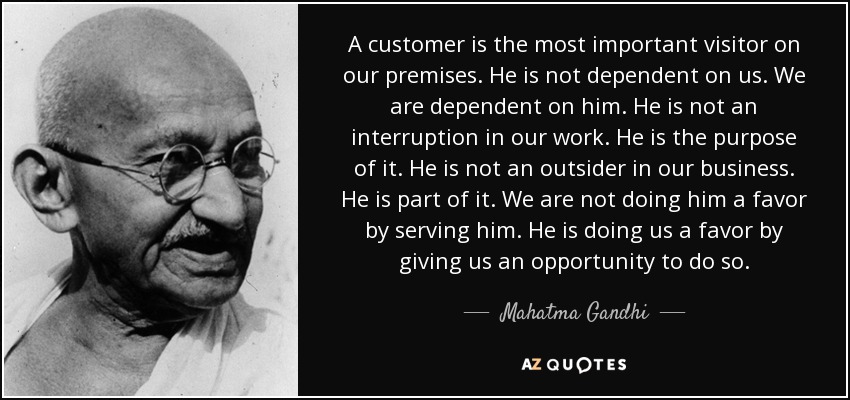
As the holiday season approaches, many small businesses have already begun to make their adjustments. But what can you expect this season? There seems to be so many variables that it is important to stay on top of where your customers may be right now. Google, in conjunction with the Boston Consulting Group, recently ventured out into consumer land to put a finger to the wind. Suchi Sastri, managing director and partner at Boston Consulting Group, breaks down what the findings mean for retailers:
- To better help retailers understand these changes, we launched a series of surveys in partnership with Google and Dynata to over 12,000 U.S. consumers across retail categories. Here’s what we found. While it’s still early, fewer U.S. holiday shoppers say that COVID-19 will impact how they shop for the holidays this year — only 35% compared with 53% in 2020.
- During the pandemic, we saw a dramatic shift toward e-commerce. As we looked closer, we saw that while the move online happened quickly, e-commerce has stabilized as people look for more in-person experiences. In fact, only 14% of U.S. shoppers say they will not shop in-store this holiday season. But as in-store shopping resurges, digital’s role in shopping has been cemented, as more than 70% of surveyed participants reported that their shopping journey involved online touchpoints. Digital will be a critical part of their journey, whether it’s online or in-store.
- To consumers, the role of the store will vary based on their needs and the category of products offered. We found four primary motivations that bring consumers in-store — convenience, immediacy, in-person experience, and product trial. For retailers that fall into multiple categories, the pairings of experience and product trial for in-store shopping might point to highlighting options based on category.

- Our research found that consumer fulfillment needs differ, depending on what spurs a product purchase. Matching urgency of need to delivery speed can help mitigate the economic pressure of providing fast delivery everywhere for everything. For example, when urgency is low for products such as personal indulgences (think: sneakers) or upcoming special occasions, many retailers still deliver packages sooner than consumers need them. By contrast, when consumers shop for products such as major appliances, over a quarter of shoppers report that they aren’t getting them fast enough. Understanding your customers’ delivery needs and marketing against them are both essential for optimizing their experience and optimizing for your margins.
- The shopper continues to be mobile first, which has become even more pronounced in the past year. Since the pandemic’s onset, more than a quarter of online shoppers are shopping on their mobile devices — ranging as high as 44% for grocery — though many have had nearly constant access to their home computers. This includes app usage and downloads, which we’ve seen reflected on Google, where searches for “online shopping app download” have grown globally by over 300% year over year. Retailers need to recognize the distinctive aspects of each channel and optimize the experience accordingly.
- Because this year’s shopper is likely to be more omnichannel than ever, digital channels will continue to be a critical touchpoint in the consumer shopping journey for both acquiring new customers and driving loyalty with existing customers. According to our research, 64% of existing customers, on average, engaged with a digital touchpoint during their shopping journey, while 80% of new customers, on average, engaged with a digital touchpoint during their shopping journey. As always, when demand is unpredictable, automated solutions help you get in front of the right customers at the right time.
-Written by Kevin Sawyer

